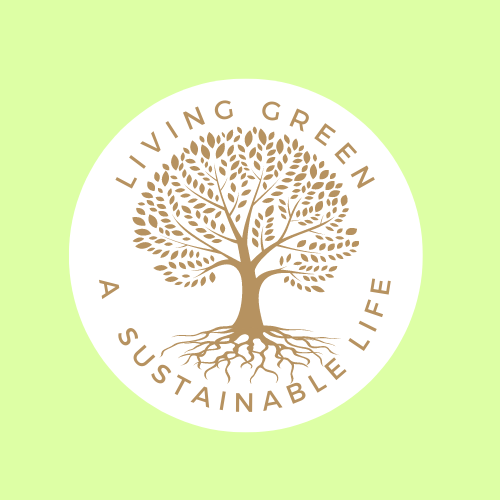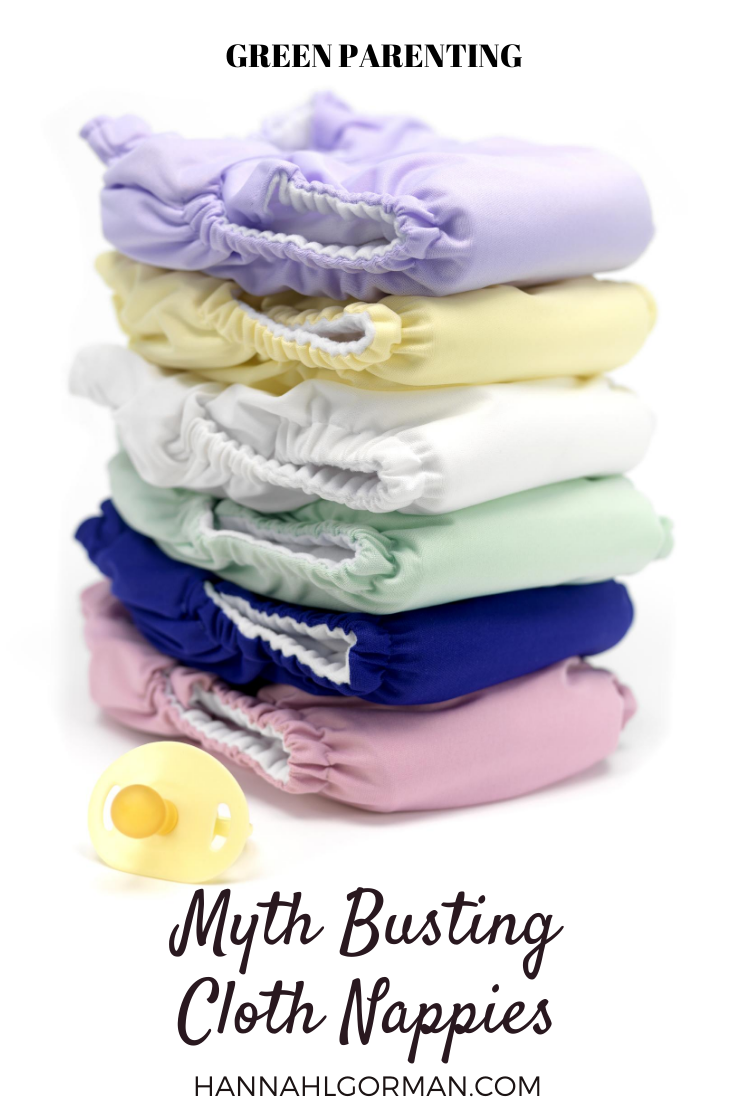Myth Busting Cloth Nappies
“But what do you do with the poo?” “Isn’t it time consuming?” “I’m already bogged down with washing I couldn’t possibly do more”. “Their so expensive to buy though!” These are some of the many comments I get when I tell people we use cloth nappies. All are legitimate worries people have I guess, but many are myths that have been passed from disposable nappy companies to make us believe the only convenient way to put a nappy in our child is with a single use one. Let’s face it, how many of you had even heard of cloth nappies until recently, how many even knew reusable nappies were an option? Most of my friends didn’t and neither did I until someone told me a friend of theirs was currently using them. Luckily for me that was pre-pregnancy. If you’ve read “it stated with a nappy” you’ll know this was how this whole journey began with that conversation.
It’s not just the nappy companies feeding us these myths.
I read one article in a well known British newspaper that described washing nappies as “hours of unpaid work for Mums.” Per-leeease… I could talk for hours about this one ridiculous statement. Did you know that my partner doesn’t know how to use the washing machine? I’m actually in the back garden scrubbing nappies by hand. No, you didn’t know that because it’s not true. Mat as well as myself has pushed the ON button on the magical machine in our kitchen many times. This magical machine does all the work for us.
As for unpaid working hours… would they describe cooking a home cooked meal rather than buying a ready meal wasted hours of unpaid work? No I think not.
So yes it’s the media that gives cloth a bad name too but even worse our own government. A study published by the environmental agency in 2008 claimed that disposable nappies are no worse for the environment than cloth. A campaign for this study to be updated is under way because every news article on reusable nappies love quote this particular study which is majorly flawed and now majorly out of date. It leaves out many other factors that make a single use product completely unsustainable and as you can imagine makes me grind my teeth whenever I hear it used as an example.
I’m afraid it’s down to us.
We the parents of pretty bottomed babies, the environmental activist to spread the words and the SCIENCE on why cloth nappies should be and needs to be a mainstream thing.
Here’s some of the many Cloth nappy myths I’ve heard along the way busted once and for all.
Pin me for later…
“Washing Cloth nappies is difficult and time consuming.”
Not really. Washing is easy as long as you figure out a good wash routine for you. (If your wondering what that looks like have a read of How to Wash your Washable Nappies.)
Joining Facebook groups such as Cloth Nappies UK is great way to get advice from seasoned nappy users and Clean Cloth Nappies Down Under (CCNDU) will provide you with all the science based facts to get started and solutions if your having problems.
As for time.
I probably spend 20 minutes a week in total. And that includes popping a wash on, hanging it out when I get the chance and then sitting in front of the TV stuffing nappies. It’s no big deal and less time than that home cooked meal took you in unpaid man hours. (Still rolling my eyes at this.)
“Poo in your washing machine is gross.”
Poo belongs in the loo not my washing machine thanks very much. Unless it’s breastfeed poo, that’s water dis-solvable so can be washed off and sent to water treatment where all our dirty water goes to be treated properly. One place poo shouldn’t be is in a landfill where it turns toxic. Many disposable nappy packs actually state that you should be plopping the poo in the loo before you dispose of the nappy.
Modern washing machines are highly efficient. If your child wet the bed or poo leaked out of their nappy onto their clothes you would pop in in the washing machine right? Nurses trust these super duper machines to get all manner of things off their uniforms. As do chefs, builders, carers, you name it, it all gets clean. So washing a nappy is no different. I can actually guarantee that the cleanest washing machines in the land are owned by cloth families because they become more aware of how clean their machine needs to be to get nappies sparkling. This includes washing your machine once a month by popping it on a hot empty cycle and getting a great wash routine to go with it. (Fore mentioned post will help you with this.)
“Cloth Nappies are expensive.”
Initially yes, but some quick calculations Mat and I did recently concluded that I’ve spent about £400. This is quiet a lot and probably more than you need to spend but I’ve tested a lot of nappies and went with some more expensive brands. If you wanted to do it cheaper I think you could get a full set of nappies for around £200. Less if you buy second hand. However we worked out that it would only take us around 9 months to spend that on disposables. (Depending of course on what nappy brand you use, this was based on pampers or Naty nappies the only ones we’ve used) therefore the last 3 months of using nappies for us has been free. Give or take a few pounds a month on electricity and the water the washing machine uses.
£800-£1200 is the average spend on disposables for one child depending on brand and how soon your child potty trains. Compared to £100-£400 on cloth. Now imagine you have 2 children. Or even 3-4. The cost of cloth stays the same. The cost of disposables, doubles, triples, quadruples.
“Cloth Nappies cause nappy rash.”
Babies get nappy rash sometimes. It’s a fact of life. Nappy rash is generally caused by bacteria in poo reacting with urine. Changing your baby regularly will prevent this. This is why it’s claimed that cloth nappied babies are less likely to develop rashes as you generally change cloth more often than a disposable. But there’s many more reasons for rashes. My daughter had an awful one once and it turned out she was allergic to a certain washing powder. She later had another which ended in a doctors appointment and he concluded it more than likely started when we she had a little fever, perhaps this started a bit of a heat rash which got infected. Teething is also a big cause of rash’s. Conclusion. None of these are related to cloth.
“Cloth Nappies are just as bad for the environment as disposables.”
As fore mentioned and ranted over above, the environmental agency first did a report on the environmental impact of disposable nappies vs reusable nappies in 2005. It was immediately discredited and then followed by a better (but not by much) report in 2008. At the time the report was as I said pretty dodgy and took into account that nappies should be washed at boiling temperatures (this will destroy the waterproof lining) and tumbled dried (also will destroy water proof lining) which would bring the energy consumption up and make them less carbon efficient. We now need to take into account that in the decade that followed. Technology has moved on leaps and bounds, washing machines are more energy efficient, energy no longer comes souly from coal but from renewable sources too. It also based its findings on a baby only needing 4 disposable nappies a day. In our dreams right? In a babies nappy wearing life time any other source estimates 20% more than this.
You get the picture, any article quoting this report basically needs to be scraped. Baba and Boo (quoted above) are doing wonderful things in campaign for a fresh report to be done.
“Cloth Nappies cause bowed legs.”
If this were true everyone over the age of 40 would we walking bowed legged. The extra bulk actually creates a good position for healthy hip development and in many countries is prescribed to help with “clicky hips”. Studies have also found they provide spinal cushioning for the many falls as children learn to walk.
“Cloth Nappies slow down a child mobility.”
My daughter sat at 5 months, crawled at 7 months and walked at 10 months. The extra bulk didn’t slow her down. Every baby is different, every baby does things in their own time cloth or no cloth.
“Nappy buckets smell.”
The poos in the loo so no smells and there’s no outside bin festering for two week waiting for the bin collection. We also have a lid on our nappy bucket so don’t smell a thing.
If your thinking about trying cloth nappies but you’ve heard some of these myths or you think they might be too much work I hope this has squashed any doubts to just give it a try. What’s the worst that could happen?
Hannah xx
RELATED ARTICLES FOR YOU…
5 Eco Bloggers Reveal Their Top Cloth Nappy Tips.
A Complete Guide to Cloth Wipes and How to Use Them.
A Day in the Life of an Eco-friendly Mum.
A Beginners Guide to Cloth Nappies.
My Cloth Nappy Changing Bag. Essentials to Pack.
10 Reasons Cloth Nappies are Better all Round.
Things I Wish I Had Known Before Starting with Cloth Nappies.

















How many cloth nappies will you need to go full time and ditch the disposables for good?